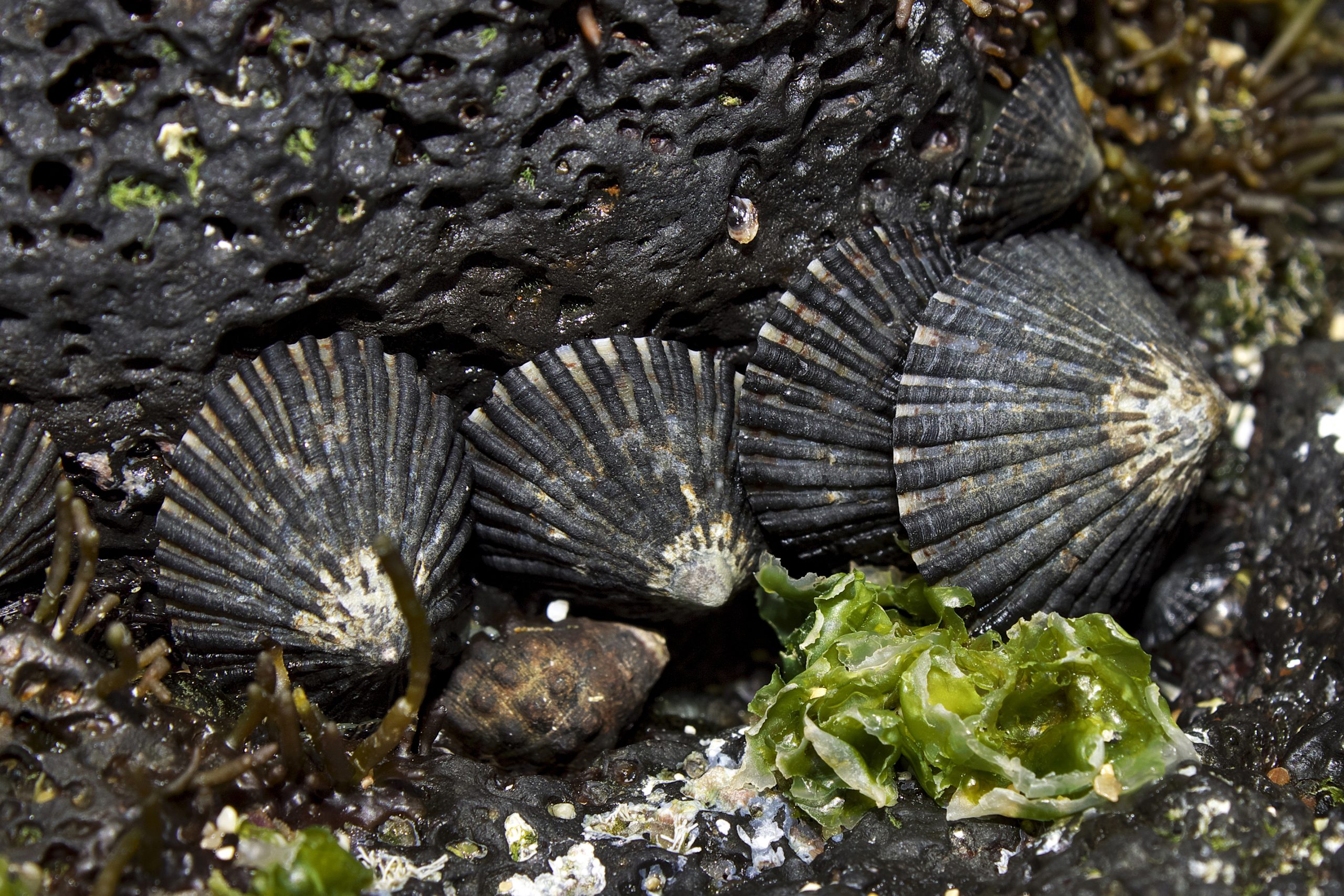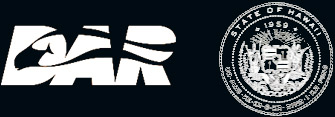Kōkua Community-Based Monitoring Project

Kōkua Community-Based Monitoring Project
What is Community-based Monitoring (CBM)?
Community-based monitoring is monitoring that is driven by the community and contributes to community management. Community ownership of the data and the process by which it is collected are important elements that set it apart from other monitoring efforts. CBM data can play an important role in identifying drivers of change, determining appropriate management actions, and evaluating their effectiveness.
The Kōkua Community-based Monitoring Project
The Kōkua Community-based Monitoring Project was co-developed by the Hawaiʻi Department of Land and Natural Resources, Division of Aquatic Resources (DAR) and Hawaiʻi Coastal Zone Management Program (HICZMP) to provide support for communities interested in, or currently engaged in, community-based monitoring.
The aim of the project is to collaborate with communities and provide technical support through different phases of developing and implementing a monitoring program and connecting communities and partners.


The Kōkua CBM Framework
The Kōkua CBM Framework outlines the process for DAR to engage with and support communities in developing and implementing their CBM program. Communities may enter the framework at different stages depending on whether or not they have an existing CBM program. The intention of the framework is to:
- Create a pathway for data collected by and anchored in communities to be used to inform management.
- Support the development of a robust monitoring program.
- Be collaborative, develop mutual understanding, and add value to community efforts.
- Identify key opportunities for support and sharing.
- Value relationships and communication.
- Be flexible to incorporate different ways of knowing and monitoring, different communities’ management objectives, and available capacity.
Types of Monitoring
The Kōkua CBM Project seeks to support the community in identifying monitoring protocols that provide data to deliver guidance on community management objectives. Protocols can range from technical research approaches to protocols grounded in traditional ways of knowing, and may produce qualitative and/or quantitative data. The different kinds of protocols may include:
Human Use Monitoring

Human use monitoring can help quantify different kinds of use, and the impacts and trends in use over time.
Intertidal Monitoring

Intertidal monitoring may help understand the current condition of important subsistence resources not currently monitored by DAR.
Fishing Logs

Fishing logs can provide not only what species are targeted, but also detect changes in effort over seasons and time.
Kilo

The traditional practice of kilo (observation) helps identify and understand patterns and connections over time.
Intertidal Monitoring Limu with Hoʻōla Hāniʻo through the Kōkua Community-Based Monitoring Program
Intertidal monitoring is one of the monitoring types that the DAR Kokua Community-based Monitoring Program offers. Hoʻōla Hāniʻo has been monitoring their limu communities on the algal benches of the Ko Olina lagoons in collaboration with the Kōkua Community-based Monitoring Program since early 2024.
Damon Duhaylonsod Reflects on His Work with DAR Holomua Through the Kōkua Community-Based Monitoring Program
If you are interested in the Kōkua CBM Project or would like to learn more, please email us at [email protected].
This project receives additional support and guidance from Conservation International, Kua‘āina Ulu ‘Auamo, The Nature Conservancy, Nā Maka Onaona, Ahupua‘a Accelerator Initiative, & funding support from the Hawai‘i Coastal Zone Management Program*.
*A product of the Hawai‘i Office of Coastal Zone Management Program, pursuant to the National Oceanic and Atmospheric Administration Award No. NA22NOS4190065, funded in part by the Coastal Zone Management Act of 1972, as amended, administered by the Office for Coastal Management, National Ocean Service, National Oceanic and Atmospheric Administration, United States Department of Commerce. The views expressed herein are those of the author(s) and do not necessarily reflect the views of NOAA or any of its sub-agencies.
Cover photo courtesy of Keoki Stender



